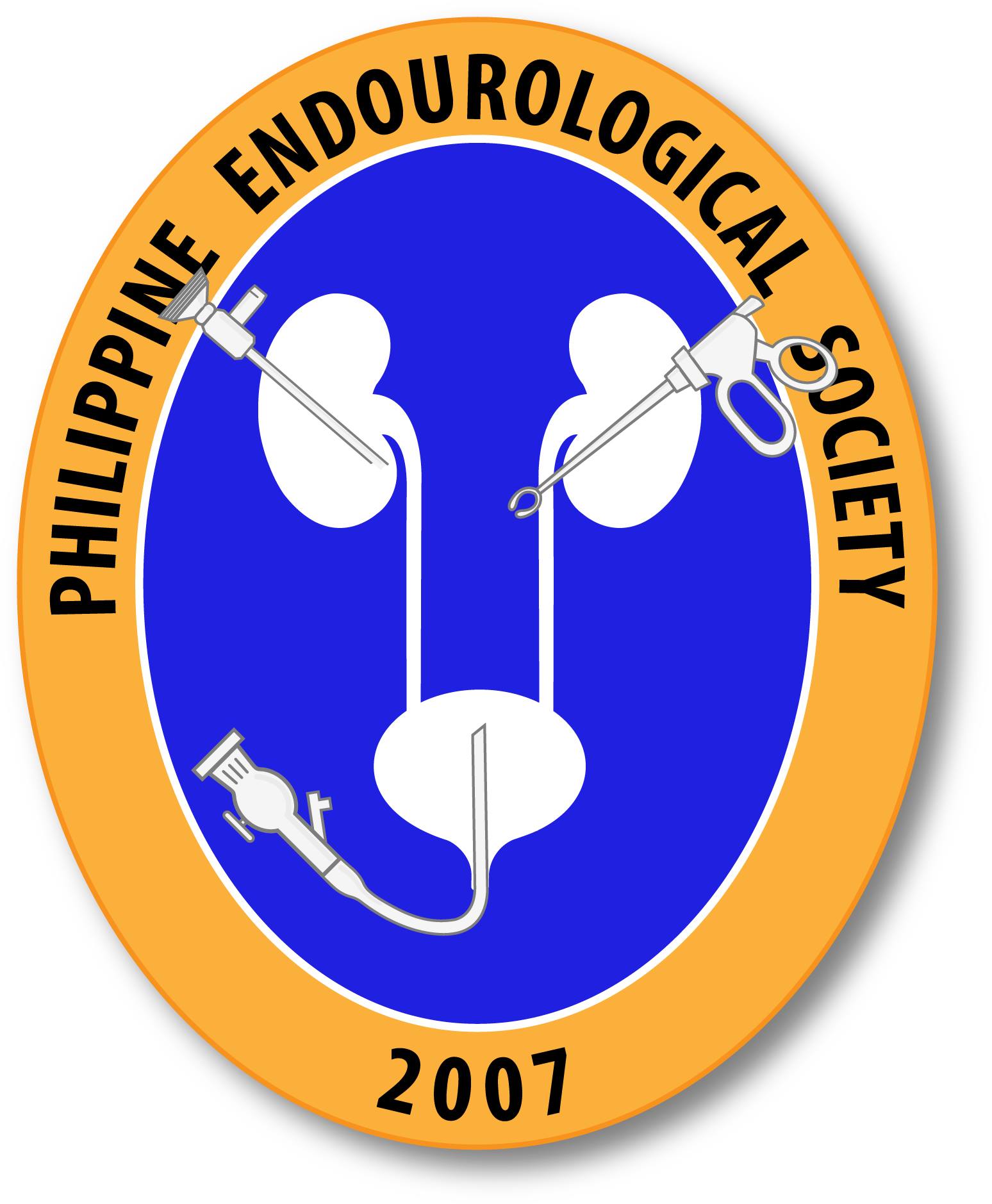Pelvic Floor Muscle Parameters Affect Sexual Function After 8 Weeks of Transcutaneous Electrical Stimulation in Women with Stress Urinary Incontinence.
Stress urinary incontinence (SUI) is often associated with female sexual dysfunction. We investigated which pelvic floor muscle (PFM) parameters (strength, power, and endurance) are associated with improvement of sexual function after 8 weeks of transcutaneous electrical stimulation (TES) training. This study was performed to determine the effects of TES in the seated position on PFM […]
